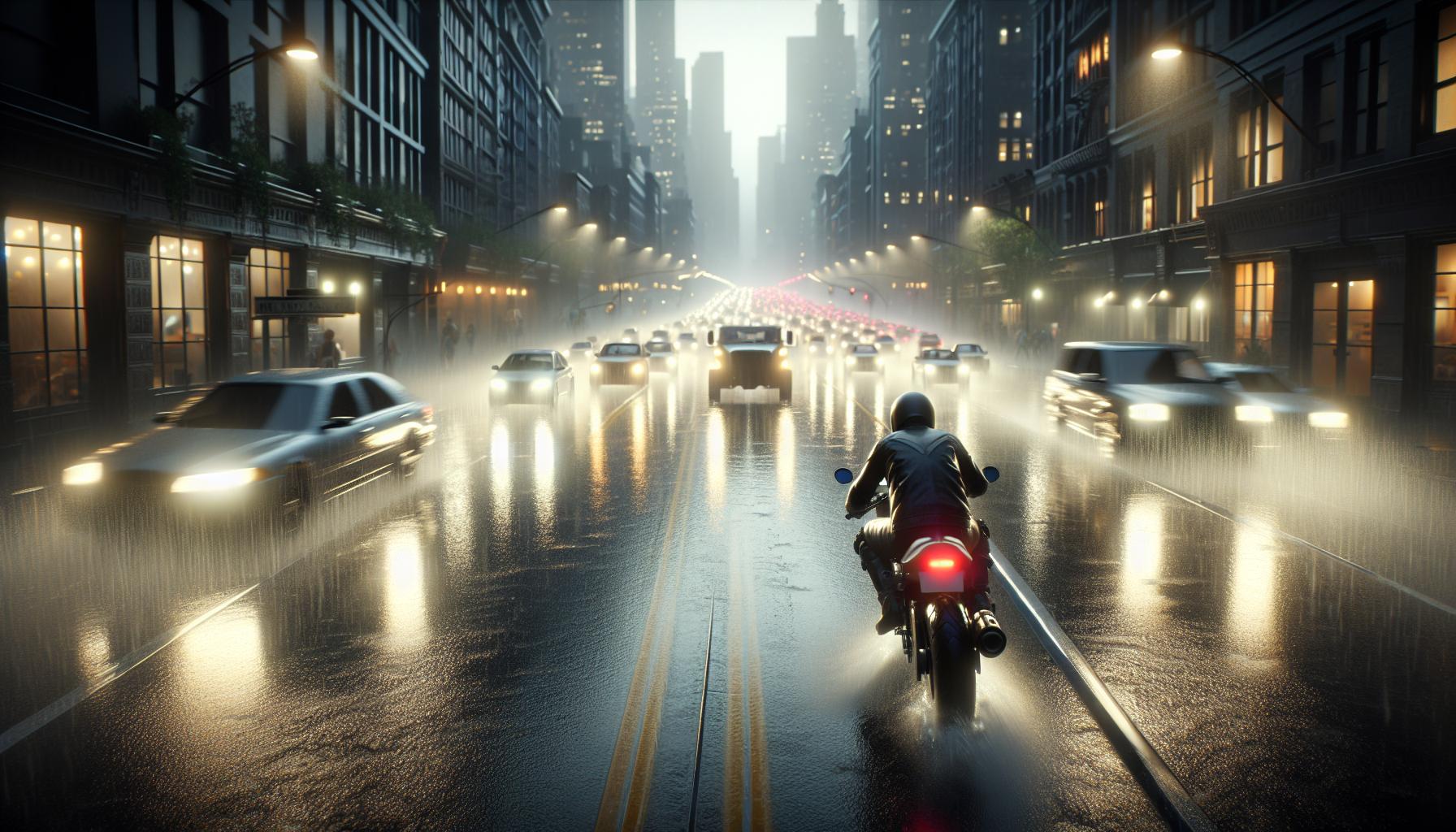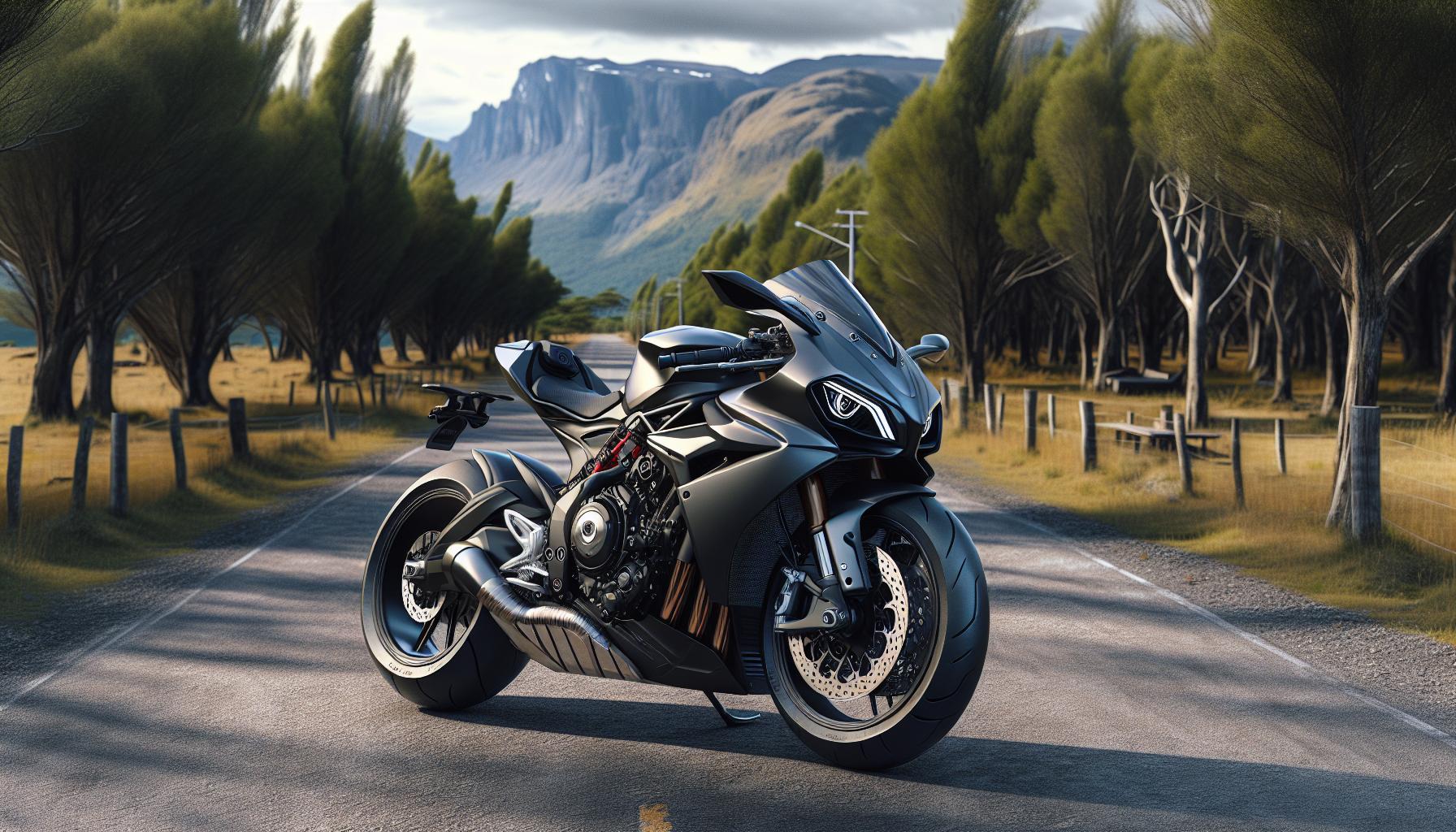Riding a motorcycle brings unmatched thrills and freedom but also comes with inherent risks that every rider should understand. While the wind in your hair feels fantastic the statistics paint a sobering picture – motorcycle accidents happen far more frequently than car crashes per mile traveled.
From distracted drivers checking their phones to that patch of gravel waiting around a blind corner multiple factors contribute to motorcycle accidents. Understanding these key risk factors isn’t just about statistics – it’s about staying alive and keeping the rubber side down. Whether you’re a seasoned rider or just starting out knowing what causes crashes can help you avoid becoming another statistic on two wheels.
Which Factors Lead to More Motorcycle Crashes Than The Others?
Motorcycle crash statistics reveal patterns that help identify risk factors and prevention strategies. Data-driven analysis provides insights into accident frequencies, causes and demographic trends.
Global vs Regional Crash Rates
The World Health Organization reports that motorcycle riders face a 26 times higher risk of fatal crashes compared to car occupants globally. In the United States, motorcyclists represent 14% of all traffic fatalities despite accounting for only 3% of registered vehicles. Regional variations show significant differences:
| Region | Motorcycle Fatality Rate (per 100,000 registered motorcycles) |
|---|---|
| Southeast Asia | 34.2 |
| North America | 24.5 |
| Europe | 18.3 |
| Australia | 15.7 |
Urban areas experience 3x more motorcycle crashes than rural regions due to higher traffic density. Countries with comprehensive motorcycle safety programs report 45% lower crash rates than those without such initiatives.
Key Risk Factors Overview
Statistical analysis identifies five primary factors contributing to motorcycle crashes:
- Impaired riding causes 27% of fatal motorcycle accidents
- Speeding contributes to 33% of motorcycle fatalities
- Lane splitting results in 12% of urban motorcycle collisions
- Weather conditions account for 7% of crashes
- Vehicle blind spots lead to 42% of multi-vehicle motorcycle accidents
The National Highway Traffic Safety Administration data indicates that riders between ages 20-29 face the highest crash risk, representing 31% of all motorcycle accidents. Male riders account for 91% of motorcycle crash victims, reflecting both higher ridership rates and increased risk-taking behavior in this demographic.
Rider Behavior and Experience

Behavioral factors play a significant role in motorcycle crash rates, with rider choices directly impacting safety outcomes. Studies indicate that 85% of motorcycle crashes stem from preventable behavioral decisions.
Speed and Reckless Driving
Excessive speed contributes to 33% of fatal motorcycle crashes. Speeding reduces reaction time by 50% at velocities above 60 mph compared to maintaining posted limits. Data shows motorcyclists traveling 20+ mph over speed limits face a 3.5x higher crash risk. Racing behaviors including rapid acceleration weaving through traffic or aggressive passing cause 22% of multi-vehicle motorcycle collisions. High-speed crashes result in 75% more severe injuries than accidents at normal speeds.
Lack of Proper Training
Untrained riders account for 42% of motorcycle crashes. Licensed riders who complete professional training courses experience 89% fewer accidents than those without formal instruction. Essential skills like emergency braking proper cornering techniques turn signal usage remain unknown to 37% of self-taught riders. Training deficiencies appear most prominently in riders with less than 2 years of experience representing 48% of all motorcycle accidents.
Intoxicated Riding
Alcohol impairment factors into 27% of fatal motorcycle crashes. Blood alcohol levels above 0.08% increase crash risk by 400%. Statistics reveal 68% of intoxicated riding accidents occur between 9 PM and 3 AM. Single-vehicle crashes comprise 75% of alcohol-related motorcycle incidents. Reaction times slow by 40% even at blood alcohol concentrations of 0.05% leading to delayed braking increased lane deviation errors.
Environmental and Road Conditions

Environmental factors create substantial risks for motorcyclists, accounting for 23% of all motorcycle crashes. Road conditions paired with weather elements multiply these risks exponentially, making awareness of these factors crucial for rider safety.
Weather-Related Hazards
Adverse weather conditions contribute to 7% of motorcycle accidents, with rain presenting the highest risk factor. Wet roads reduce tire traction by 38% compared to dry conditions, while fog limits visibility to less than 50 feet in severe cases. Snow accumulation affects 12% of winter motorcycle crashes, creating hazardous black ice patches that decrease tire grip by up to 75%. Lightning storms pose additional risks, causing sudden visibility changes that affect rider reaction times by 1.2 seconds on average.
Poor Road Infrastructure
Deteriorating road surfaces cause 15% of single-vehicle motorcycle accidents. Potholes deeper than 2 inches increase crash risk by 32%, while loose gravel raises accident probability by 27%. Construction zones account for 8% of motorcycle crashes, with unmarked hazards contributing to 65% of these incidents. Inadequate drainage systems create standing water pools, reducing motorcycle stability by 44% during wet conditions.
Heavy Traffic Scenarios
Dense traffic situations trigger 28% of multi-vehicle motorcycle accidents. Lane congestion increases near-miss incidents by 45% during peak hours, while sudden traffic pattern changes cause 18% of rear-end collisions. Stop-and-go traffic creates a 34% higher risk for motorcyclists compared to steady flow conditions. Urban intersections with more than 3 lanes experience 56% more motorcycle accidents than smaller junctions during rush hours.
Vehicle-Related Factors

Mechanical and equipment-related issues contribute to 12% of all motorcycle accidents. These factors encompass various aspects of the motorcycle itself, from size selection to maintenance practices.
Motorcycle Size and Power
Motorcycles with engine sizes above 1000cc account for 36% of fatal crashes. Inexperienced riders operating high-powered motorcycles face a 5x higher crash risk compared to those riding appropriate-sized vehicles. Sport bikes demonstrate the highest accident rates at 21% of all crashes, followed by cruisers at 16%. Large displacement motorcycles require enhanced skill levels for proper control during emergency maneuvers. First-time riders choosing motorcycles over 600cc experience accident rates 3x higher than those starting with smaller engines.
Maintenance Issues
Poor motorcycle maintenance leads to 8% of all motorcycle accidents. Worn brake pads contribute to 23% of maintenance-related crashes, while improper tire pressure accounts for 18%. Regular maintenance neglect increases crash risk by 300%, particularly in critical systems like brakes, suspension components or chains. Documented maintenance records show bikes with irregular service intervals experience mechanical failures 4x more frequently than properly maintained motorcycles. Oil leaks cause 15% of maintenance-related accidents due to reduced traction.
Equipment Failures
Critical equipment failures cause 4% of motorcycle accidents annually. Tire blowouts represent the leading equipment-related crash factor at 38%, followed by brake system failures at 27%. Manufacturing defects account for 12% of equipment-related incidents. Aftermarket modifications contribute to 15% of equipment failure crashes when improperly installed. Electronic system malfunctions cause 8% of equipment-related accidents, particularly in newer motorcycles with advanced rider assistance systems.
Human Error and Awareness
Human error accounts for 85% of motorcycle crashes, making it the most significant factor in motorcycle accidents. Rider awareness plays a crucial role in preventing these incidents through proper attention, visibility management, and traffic rule compliance.
Driver Distraction
Distracted driving contributes to 41% of motorcycle accidents involving other vehicles. Mobile phone usage ranks as the leading distraction, causing 23% of these crashes. Eating or drinking while operating a motorcycle increases crash risk by 3.2 times. GPS device manipulation leads to 8% of distraction-related accidents. Audio system adjustments contribute to 6% of crashes, while conversations with bluetooth devices account for 4% of incidents.
| Distraction Type | Percentage of Crashes |
|---|---|
| Mobile Phone Use | 23% |
| Eating/Drinking | 15% |
| GPS Navigation | 8% |
| Audio Systems | 6% |
| Bluetooth Devices | 4% |
Visibility Issues
Limited visibility causes 37% of motorcycle accidents, with blind spots accounting for 42% of multi-vehicle collisions. Dark clothing reduces motorcycle visibility by 65% during nighttime riding. Improper helmet visor maintenance decreases visual clarity by 45%. Inadequate lighting systems contribute to 28% of nighttime crashes. Weather conditions like fog or heavy rain reduce visibility by up to 70%.
| Visibility Factor | Impact on Safety |
|---|---|
| Blind Spots | 42% of collisions |
| Dark Clothing | 65% visibility reduction |
| Visor Issues | 45% clarity reduction |
| Poor Lighting | 28% of night crashes |
Failure to Follow Traffic Rules
Traffic rule violations lead to 56% of motorcycle fatalities. Running red lights accounts for 18% of these incidents. Illegal lane changes cause 15% of crashes. Speeding violations contribute to 33% of fatal accidents. Improper turns result in 12% of collisions. Following too closely leads to 8% of rear-end crashes.
| Traffic Violation | Percentage of Crashes |
|---|---|
| Red Light Running | 18% |
| Illegal Lane Changes | 15% |
| Speeding | 33% |
| Improper Turns | 12% |
| Tailgating | 8% |
Understanding these critical factors empowers riders to make safer choices on the road. Human error remains the leading cause of motorcycle crashes while environmental conditions and vehicle-related issues contribute significantly to accident rates. The data clearly shows that proper training defensive riding techniques and regular motorcycle maintenance can dramatically reduce crash risks.
Motorcyclists can protect themselves by staying alert following traffic rules and adapting to road conditions. Combined with appropriate safety gear and responsible riding practices these preventive measures help ensure that the thrill of motorcycle riding doesn’t come at the cost of safety.

